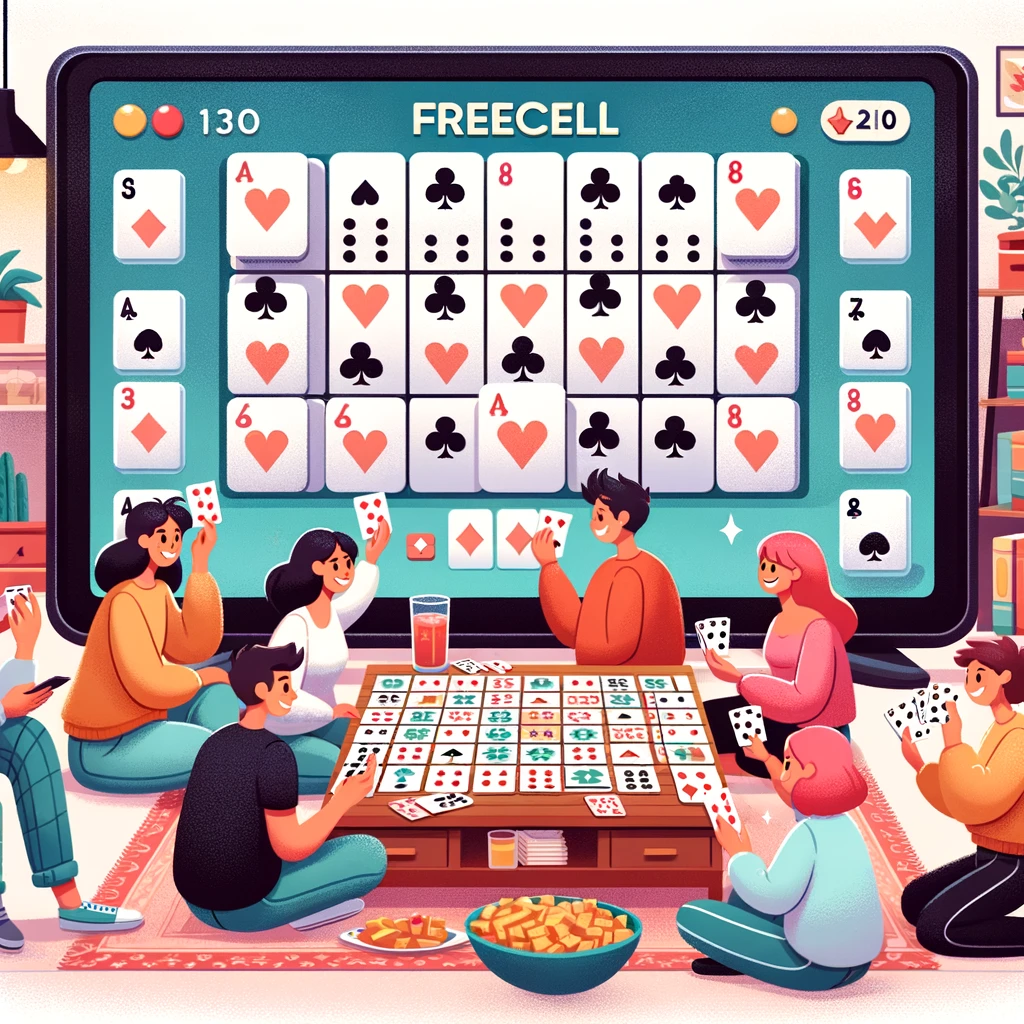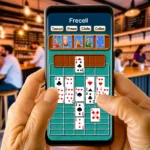Microsoft FreeCell is a timeless classic that has been captivating card game enthusiasts for decades. Its simple yet challenging gameplay makes it a popular choice for both casual gamers and avid solvers of solitaire puzzles. Rediscovering this game can provide you with hours of entertainment while also giving your brain a good workout. In this guide, we’ll delve into the history, rules, and strategies to make the most out of your FreeCell experience.
History of Microsoft FreeCell
FreeCell was first introduced to the public as part of the Microsoft Entertainment Pack in 1991. Unlike other solitaire games, every game of FreeCell is winnable with the right strategy, making it unique among its peers. It quickly gained popularity and became a staple in Windows operating systems, further cementing its place in the annals of gaming history.
How to Play Microsoft FreeCell
The objective of FreeCell is to move all the cards to four foundation piles, ordered by suit from Ace to King. The game employs a standard 52-card deck and deals cards into eight tableau columns. There are also four free cells and four foundation piles provided. Here are some key steps to get you started:
- Move cards between columns to create descending sequences of alternating colors.
- Utilize the four free cells as temporary storage for cards.
- Attempt to free up Aces early and build your foundation piles as soon as possible.
- Plan ahead to avoid getting stuck; think several moves in advance.
- Use empty tableau columns strategically to move longer sequences of cards.
Strategies for Mastering FreeCell
Success in FreeCell often comes down to employing effective strategies. Here are some tips to improve your game:
| Strategy | Description |
|---|---|
| Early Game Planning | Focus on freeing up Aces and low-value cards to begin building your foundation piles as soon as possible. |
| Utilize Free Cells Wisely | Only use free cells when necessary and aim to keep them empty for critical moves. |
| Empty Columns | Strive to clear entire tableau columns as they can be used to relocate long sequences of cards. |
| Think Several Moves Ahead | Anticipate the consequences of each move to avoid creating unsolvable situations. |
Benefits of Playing FreeCell
Playing FreeCell is not just about passing time; it comes with several cognitive benefits:
- Improves Logical Thinking: The game requires strategic planning and logical sequencing.
- Enhances Memory: Keeping track of card locations and potential moves can improve memory retention.
- Reduces Stress: Like many card games, FreeCell is a great way to relax and unwind.
- Boosts Problem-Solving Skills: Figuring out how to solve complex layouts can enhance critical thinking skills.
Conclusion
Rediscovering Microsoft FreeCell can be a nostalgic and intellectually stimulating experience. Whether you’re a seasoned player or new to the game, these tips and strategies will help you enjoy and master this classic solitaire puzzle. So, fire up your computer, launch FreeCell, and start playing today!











